Fall is one of the most critical times in the life cycle of most bird species – and it’s exactly why feeding birds in the autumn months before winter arrives can help to make a huge difference in both their health – and their survival!
In the spring and summer months, birds have an abundance of food at their disposal. With flowers in full bloom and plenty of insects, worms and other options available, finding enough to eat is rarely an issue.
But as summer begins to wane and fall arrives, those food sources can dry up quickly. Most perennials begin to fade away – and along with them, so does the food they provide to birds. In addition, the insects and worms that had been so plentiful just a short time ago have also started to disappear.
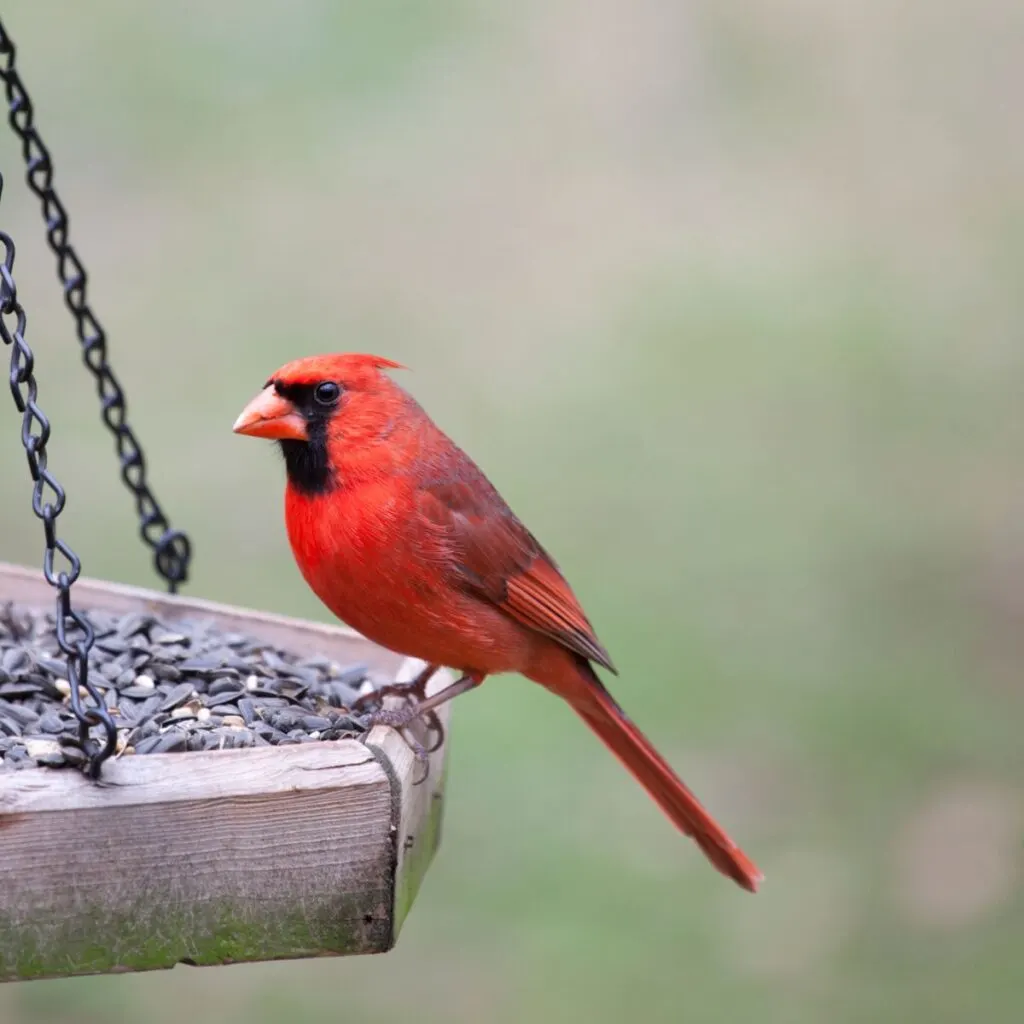
Unfortunately, it couldn’t come at a worse time for birds. For migrating birds who need to find plentiful sources of energy to power their long flights, it can make their journey incredibly difficult. But it can be just as troubling for non-migratory birds, who need to feed heavily in the fall to build up energy for the long winter ahead.
To make matters worse, many casual bird feeders who aid birds in the spring and summer begin to take down feeders and bird baths in front of the winter season ahead. Just at a time when a bit of extra food and water can make a huge difference in their survival!
Feeding Birds In The Fall – How To Help Birds Prepare For Winter!
Providing Energy for Migratory Birds
Many bird species, like warblers, woodpeckers and hummingbirds, take quite long journeys to reach their winter destination. And their travels require large amounts of energy.
Although these birds in your specific area might be starting to leave for warmer pastures, that doesn’t mean other commuters won’t need to stop by on their way through for a fill up. And by simply offering nutrient-rich seeds and nectar, you can help contribute to these birds successful flights.
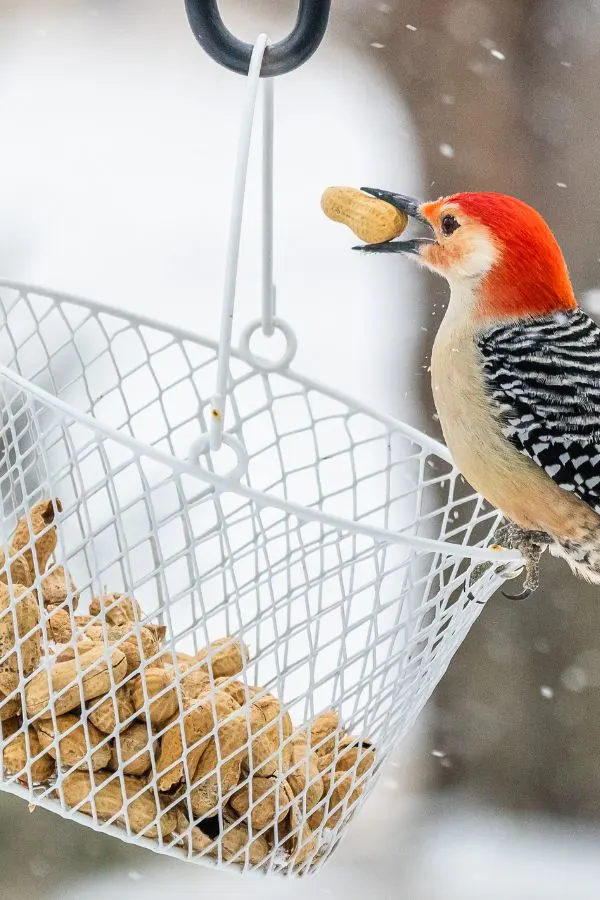
Helping Non-Migratory Birds – Feeding Birds In The Fall
For the birds that remain in your area during the colder months, fall is also a time of hard work and preparation. For these birds, they need to store enough fat to survive chilly nights. And the deeper into winter they go, the harder it will be for them to find food.
Much as with migratory birds, providing additional food in feeders can make a huge difference between life and death for these birds. According to recent findings by the Cornell Lab of Ornithology, some 2.6 billion birds lose their life over the winter.
With that staggering statistic in mind – here is a look at some of the best foods to feed birds this fall to help them prepare for and survive the long winter ahead – no matter where they are going!
The Best Seeds for Fall Bird Feeding – How To Feed Birds In the Fall
Perhaps more than anything, when feeding birds in the fall, it’s all about consistency. Keeping bird feeders stocked at all times means helping not just local birds but those passing through looking for a nourishing meal to help power their continuing journey.
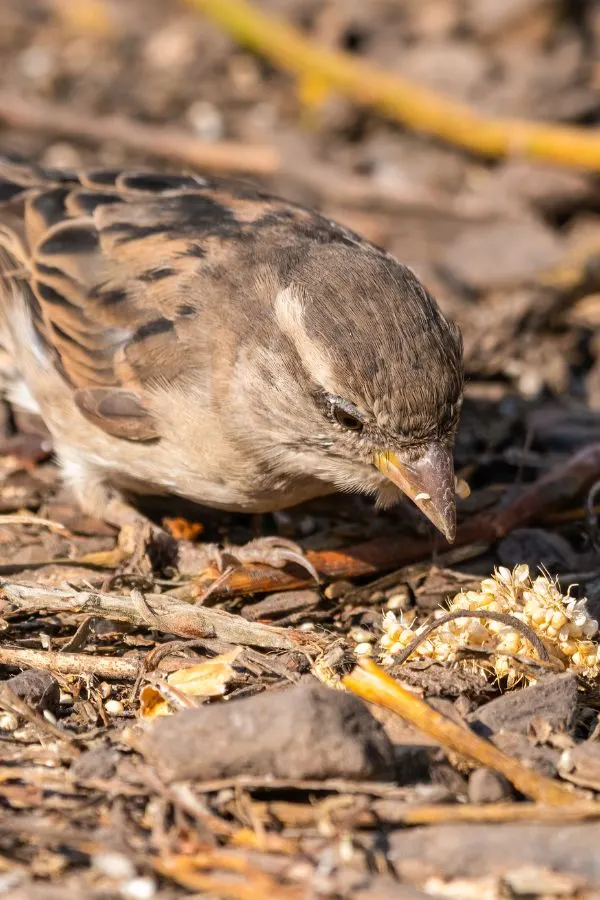
When it comes to selecting the right seeds for your bird feeder during the fall, it’s important to choose nutrient-dense options that cater to the specific needs of birds during this season. The good news is that most of the seeds below can easily found on line or in local nurseries and home improvement stores.
Here is a look at some of the best seeds to fill your feeders with this fall to help power up birds!
Sunflower Seeds
Sunflower seeds are a favorite among many bird species. They’re packed with energy-rich fats and proteins, making them an ideal choice for fall feeding. Birds like chickadees, finches, and cardinals all love filling up on sunflower seeds.
Although all sunflower seeds are nutritious, black oil sunflower seeds are especially good for birds. They have the highest fast content of all and provide huge energy for birds. So much so that more than 20 bird species seek them out! Affiliate Product Link: Meadow Farms Black Oil Sunflower Seeds
Peanuts
Unsalted, shelled peanuts are an excellent source of protein and fat for feeding birds in the fall months. Woodpeckers, jays, and nuthatches are known to flock towards these treats. When mixed in with sunflower seeds, they can be a high energy fuel birds love!
Millet
Millet is a small, round seed that’s particularly popular among ground-feeding birds like sparrows, juncos, and doves. It’s rich in carbohydrates and provides a quick energy boost.
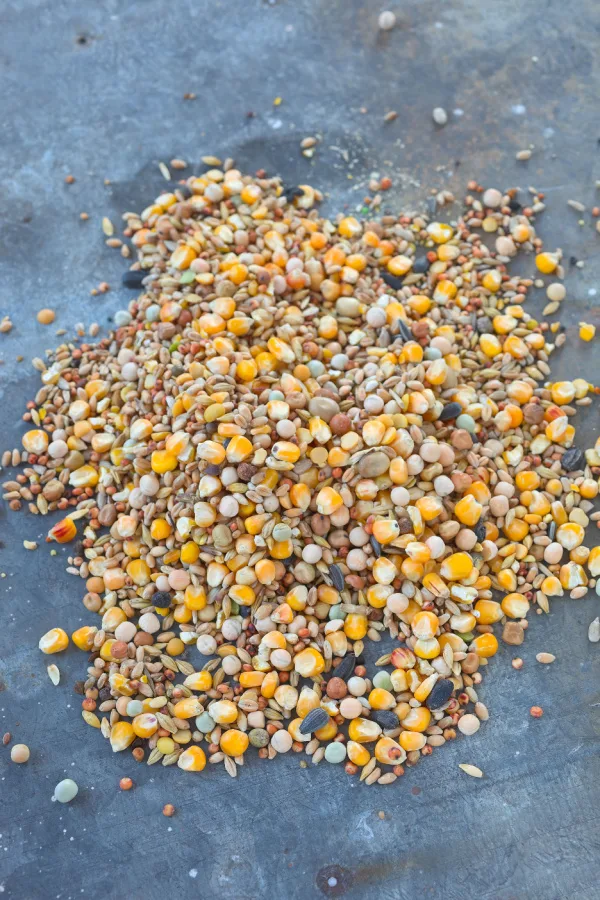
White millet is a favorite and can be scattered on the ground to help ground feeding birds fuel up for winter. It’s best to put out a small amount each day to provide continuous feeding and keep the millet from going bad. Affiliate Product Link: White Millet Bird Feed
Cracked Corn
Cracked corn is another versatile option that can attract a variety of birds, including sparrows and blackbirds. It’s high in carbohydrates and can be scattered on the ground or placed in feeders. It also is fairly inexpensive making it a great choice for the budget!
Thistle Seeds
These tiny seeds are especially loved by finches, including goldfinches and siskins. Nyjer, or thistle seeds are high in oil. The fats help provide essential energy for birds, which is crucial during fall migration and winter.
Safflower Seeds
Safflower seeds have a thick shell that tends to keep some less desirable bird species away. These are also a great choice for attracting specific birds like cardinals and grosbeaks. Their short but strong beaks were made to tear through the thick shell and easily enjoy the seeds.
Safflower seeds are also high in protein and fat, and provide essential nutrients needed for migratory birds for a long flight.
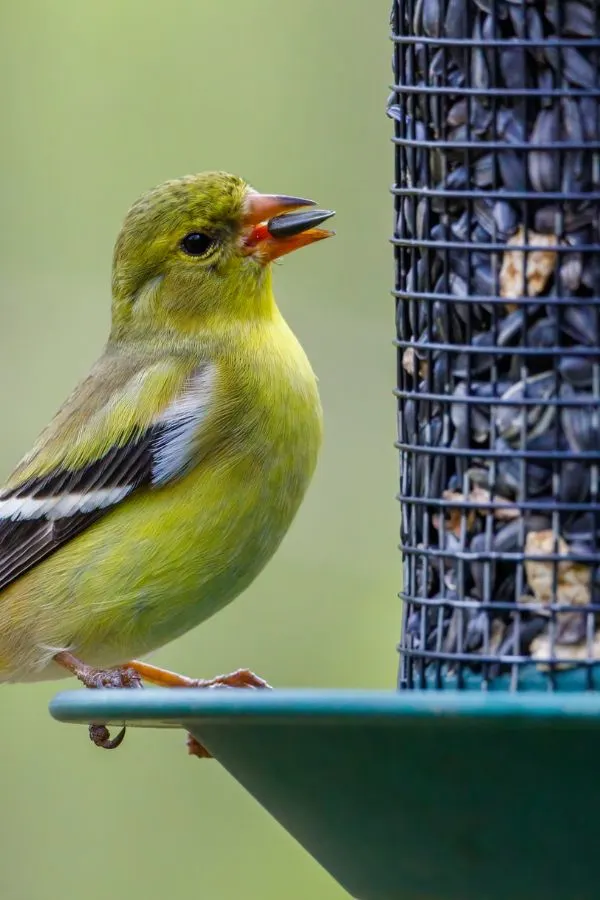
Fall Feeding Tips – How To Feed Birds In the Fall
Along with providing food and water options for birds, it’s important to make sure that the birdseed you offer is fresh and free from mold. As the weather gets damp, wet seeds can become a breeding ground for bacteria that can harm birds.
In addition clean your bird feeders regularly. This helps to prevent the spread of diseases among the different species of birds visiting your feeding spot.
In addition, while offering a variety of seeds is great, consider adding fruits like apple slices or dried berries to the mix. These can be an additional source of nutrition and can attract different bird species. Be sure to also provide a water source within a safe range to your seeds. Birds need water for drinking and bathing, even in the fall. It’s also important to keep it clean and fresh.
Finally, the location you choose for feeding is important as well. Place feeders near natural cover such as trees or tall bushes. This provides birds with a sense of safety and protection from predators. For more on attracting birds, check out our article How To Attract Birds, Bees & Butterflies.
Follow Our Facebook Page For Great Gardening Tips And Advice! This Is My Garden Facebook Page
This Is My Garden is a garden website created by gardeners, for gardeners. Jim and Mary Competti have been writing gardening, DIY and recipe articles and books and speaking for over 15 years from their 46 acre Ohio farm. They publish three articles every week, 52 weeks a year. Sign up today to follow via email, or follow along!
